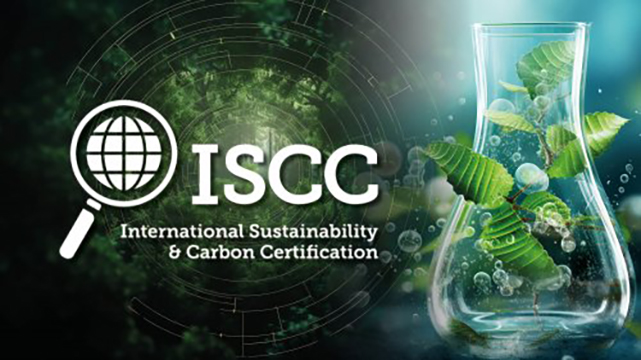More news
- Focus on industrial: Powering the energy industry during extreme heat
- Focus on powder coatings: The coatings industry’s transition to PFAS/PTFE-free solut...
- “We see sustainability as a purpose, as a reason for doing business” – P...
- Focus on industrial: High-performance coating protects tanks at biopolymer production plan...
- Focus on powder coatings: Novel high-speed crosslinking technology

Keith Nuthall reports for PPCJ on the latest European regulation and legislation updates affecting the coatings industry
The European Union (EU) Council of Ministers has approved new protections for paint manufacturing and application workers from exposure to coatings and their ingredients that contain diisocyanates, a widely used chemical input. The controls come in a new EU directive amending directives 98/24/EC and 2004/37/EC regarding limit values for lead and its inorganic compounds and diisocyanates.
The law is the first-ever EU occupational exposure limit for diisocyanates at 6µg NCO/m3 – the maximum concentration in ambient air a worker breathes during an eight-hour working day. The law will also set a short-term exposure limit of 12µg NCO/m3 – the average exposure over 15 minutes. Recognising that testing for such trace elements is a tough task, the law includes a transitional value of 10µg NCO/m³ with an associated short-term exposure limit equal to 20 µg NCO/m³ will apply, also until December 31, 2028.
The EU has also lowered an existing occupational exposure limit for lead from 0.15mg/m3 to 0.03mg/m3 of breathable air. They have also tightened the biological limit value for lead from 70µg/100ml of workers’ blood to 15µg/100ml. While lead is generally banned in the EU as a paint ingredient, it can be used to restore and maintain works of art and historic buildings and their interiors. A transitional lead limit value of 30µg Pb/100ml blood will apply until December 31, 2028.
Demand for heat reflecting and conserving coatings should increase in the EU under a new directive on energy efficient buildings approved by the European Parliament. Under the law, all new EU buildings should be zero-emission by 2030; and new buildings occupied or owned by public authorities should be zero-emission as of 2028. Emissions reduction calculations should measure a building’s life-cycle global warming, including the production and disposal of construction inputs.
READ MORE:
The EU Council of Ministers has further tightened EU controls on the use of ozone-depleting fluorinated greenhouse gases, banning their use in almost all aerosols by 2030. The EU will also block most remaining uses of foams containing fluorinated greenhouse gases by 2033.
The European Chemicals Agency (ECHA) is consulting on solidifying proposed new restrictions on using coatings ingredients per- and polyfluoroalkyl substances (PFAS). This follows a call from Germany, Denmark, the Netherlands, Sweden and non-EU Norway to restrict the manufacture and use of PFAS in the EU and the European Economic Area (EEA) – the EU plus Norway, Iceland and Liechtenstein. ECHA’s scientific committees for risk assessment (RAC) and socio-economic analysis (SEAC) will examine the proposal’s impact in meetings until September, ahead of ECHA making formal proposals to the European Commission.
ECHA is also assessing four coatings ingredients for inclusion on the EU’s ‘authorisation’ list of chemicals requiring special permission for use in the EU – Melamine; Bis(2-ethylhexyl) tetrabromophthalate; Diphenyl(2,4,6-trimethylbenzoyl)phosphine oxide; and Barium diboron tetraoxide.
ECHA’s Enforcement Forum is to check if paint and coatings suppliers have notified their hazardous chemical mixtures to the EU poison centres network, which can advise health professionals and citizens about environmental health emergencies. The forum is also planning a 2025 inspection on chemical product online sales, checking compliance with EU safety rules.
The EU and the Philippines – both major chemical producers – have resumed negotiations to strike a new free trade agreement (FTA).
For more information, visit International News Services: https://www.internationalnewsservices.com/







